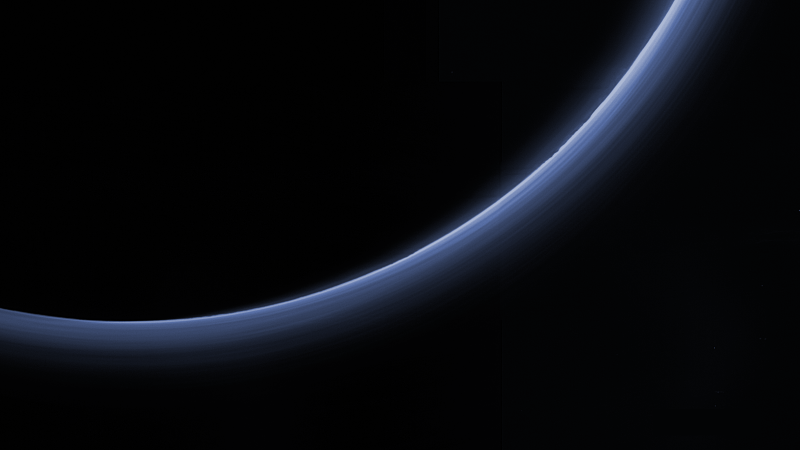-
Tips for becoming a good boxer - November 6, 2020
-
7 expert tips for making your hens night a memorable one - November 6, 2020
-
5 reasons to host your Christmas party on a cruise boat - November 6, 2020
-
What to do when you’re charged with a crime - November 6, 2020
-
Should you get one or multiple dogs? Here’s all you need to know - November 3, 2020
-
A Guide: How to Build Your Very Own Magic Mirror - February 14, 2019
-
Our Top Inspirational Baseball Stars - November 24, 2018
-
Five Tech Tools That Will Help You Turn Your Blog into a Business - November 24, 2018
-
How to Indulge on Vacation without Expanding Your Waist - November 9, 2018
-
5 Strategies for Businesses to Appeal to Today’s Increasingly Mobile-Crazed Customers - November 9, 2018
Nasa spots ‘ice volcanoes’ on Pluto in pictures that are puzzling scientists
The image is a mosaic of four panchromatic images and was captured by New Horizons using its Long Range Reconnaissance Imager (LORRI) instrument and enhanced by Ralph/Multispectral Visible Imaging Camera (MVIC) four-color filter data.
Advertisement
New Horizon scientists have earlier chimed in on the possibility of volcanoes on Pluto.
Wright Mons was named by the New Horizons team in honor of the Wright brothers, the U.S. aviation pioneers credited with inventing and building the world’s first successful airplane and making the first powered, sustained and controlled airplane flight in 1903. The cryovolcano measures at 90 miles across and stands at a whopping 2.5 miles.
If they are confirmed as volcanoes, Wright Mons will represent the largest feature ever discovered in the outer solar system.
The scattered elements of red material in the photo image is still confusing to mission scientists who wonder why it is not commonly distributed. This new observation has led the researchers to believe that the Wright Mons was had active volcanic activities during Pluto’s late history.
NASA’s New Horizons spacecraft has sent back a lovely image of one of two potential cryovolcanoes spotted on the surface of Pluto. The highest-resolution color view was created from images taken by the New Horizons spacecraft in July 2015. But closer inspection over the subsequent months has taught NASA much more. However, considering Pluto is more than thirty times farther from the sun than the earth, these land formations is speculated to spew frozen water, nitrogen, ammonia or methane instead of lava. This phenomenon produces a mixture of hydrocarbons like acetylene and ethylene which gather into sub-micrometer sized particles and scatter sunlight to create the blue hue.
Advertisement
The images follow a selection of other images of Pluto’s surface a year ago. Looking at Wright Mons, scientists noticed there was only one crater present…at the mountain’s summit.




























